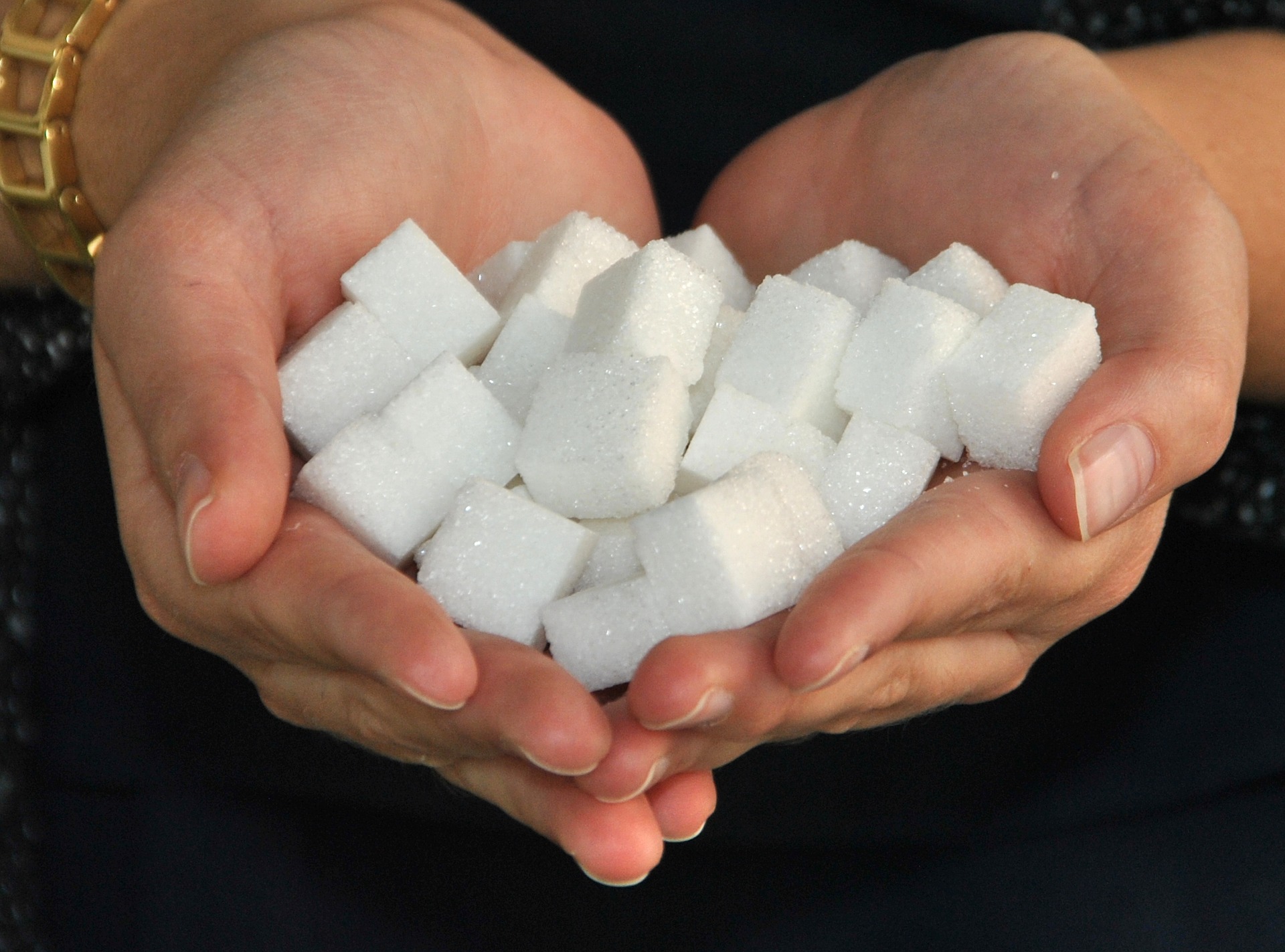Sweet Revenge
In this article, I concentrate on the effects of simple carbs in your diet, such as sugar.
For many years, consumption of dietary fat had been considered as the primary cause of gaining fat and high blood-cholesterol; based on research undertaken in the 1970s. Ironically, this led to many ‘diet’ food alternatives being encouraged for their low-fat content, yet these were often laden with high amounts of sugar to improve taste.
Thanks to more recent studies and to the efforts of Drs Adkins and Halford respectively, the general public have finally been educated to the negative effects of large consumption of sugar and indeed simple Carbohydrates in general; absolving fat to some extent. This is not to be confused with the ultra-low-carb diets however which promote aggressive rationing of all carbohydrate types indiscriminately and are, in my opinion, ill-advised since they remove an important source of energy from your diet.
Although the story is somewhat complicated, as a general rule of thumb you should try and avoid simple carbs (sugars), as they cause spikes in your blood sugar levels. Such spikes not only increase fat assimilation (make you fat), but also can affect your energy levels, mood and general health; leading to serious illness such as diabetes or heart disease if not properly controlled. As if to ‘kick you whilst you are down’, once you come down from a sugar rush, your body craves the next hit – yes, as we know Sugar is addictive! – Think about it, how often do you supplement sandwiches with a fruit smoothie or a bag of crisps; basically, you are trying to keep the ‘high’ going.
The ‘Smart eating’ approach would be to consume a balanced level of Carbohydrates and to favour more Complex Carbs over Simple Carbs, since the latter require more ‘effort’ by the metabolism to break them down to its simplest form: Glucose.
The sugar naughty list (Simple to more Complex):
-
- Glucose
- Sucrose (Glucose/Fructose)
- Fructose
- Lactose
- Maltose
The lower down the list the longer it takes to metabolise to Glucose (raw energy).
Now for the Sciency bit…
Put simply, Carbohydrates are broken down during digestion to glucose which then enters the bloodstream. As blood sugar levels rise due to this, the pancreas produces insulin which instructs the cells to absorb blood sugar for storage. This leads to a subsequent fall in sugar levels in the bloodstream which in turn triggers the pancreas to start releasing stored sugar, with the aim to provide a steady supply of blood sugar throughout the body. It is this process which can become overloaded if blood sugar remains elevated.
Simple Carbs (White Carbs)
Examples: Cane Sugar, Honey, Fruit
Simple Carbs are quickly digested by the body and cause a fast rise in the blood sugar/insulin cycle.
Plan to reduce sweet additives in your diet. Honey is preferred over white sugar as it contains more Fructose which is sweeter and thus requires less of it (besides the nutritional benefits) . The same can be said of course for fruit to a greater extent of course, provided you don’t make a smoothie out of it!
Gradual reduction in sweeteners is the aim here. Once you break the sugar dependency, craving sweet snacks becomes a thing of the past.
Starchy Carbs (Beige Carbs)
Examples: Potatoes, Rice, Bread
Although more slowly digested than Simple Carbs, they tend to be consumed in larger quantities.
However, as a side note, these are not all bad news. There is a sub-category of starchy carbs known as resistant carbs – high-fibre foods such as lentils, beans and oats for example. The benefit of these are that they pass down to the lower digestive tract (colon) where they feed the gut bacteria – a process linked to increased physical and mental health.
NB. Recent research suggests that reheating starchy carbs such as pasta or toasted bread can ‘convert’ starchy carbs to resistant starch carbs. At last a positive reason for saving leftovers from the night before.
Complex Carbs (Green Carbs)
Examples: Vegetables, Some Fruits
Complex carbs should be the preferred source or energy as they tend to be digested more slowly due to more complex sugar structure and the inclusion of fibre, vitamins and minerals. This leads to a gradual rise in blood sugar.
Dietary Fibre found in vegetables and oats for example help with digestion by feeding the gut bacteria.

